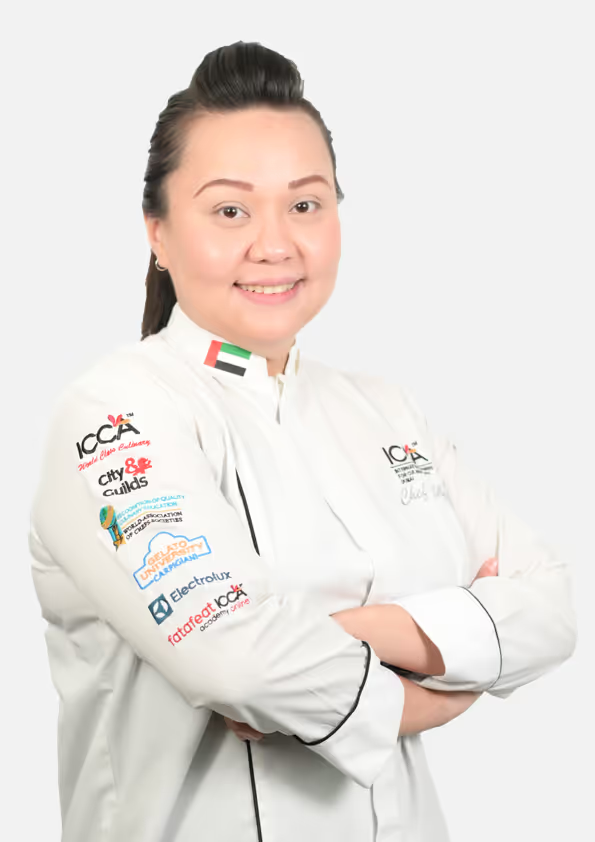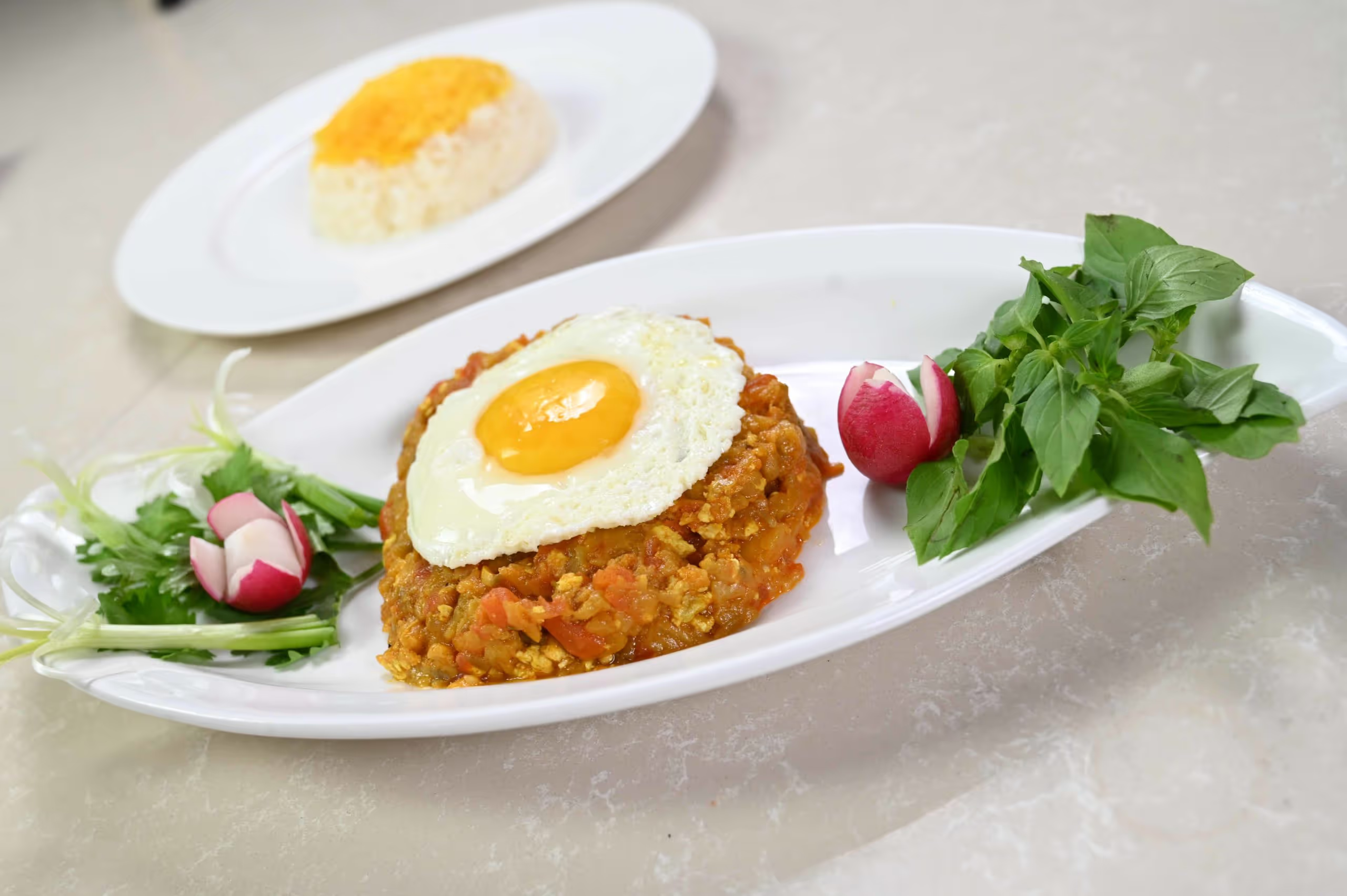The most hyped about cakes in social media, the Galaxy Cake made with a velvety blueberry mousse cake and marbled mirror glaze.
One of the most hyped about cakes in the social media, the Galaxy Cake made with a velvety blueberry mousse cake with a marbled mirror glaze undoubtedly makes it a showstopper in the baking scene.
Recipe Card
Method of Preparation:
For the Pistachio Dacquoise:
- Pour the egg whites, castor sugar and light brown sugar in the stand mixer.
- Beat on medium speed for a few seconds then increase to high speed until you obtain a stiff meringue.
- In the meantime, sift the almond flour (which has been slightly roasted beforehand), ground pistachios and castor sugar.
- Sift on top of a sheet of grease proof paper. This operation is important to get rid of clusters of sugar or almond powder. If some bits of pistachios remain, they will be added later to the sifted preparation. This will add a nice crunchy effect.
- Pour the sifted mix into a thin stream over the meringue and combine with a rubber spatula folding gently with rotating vertical motions. Make sure the preparation does not collapse!
- When ready, the meringue must be used immediately, hence the need to sift the powders while beating the egg whites.
- When the Dacquoise preparation is ready, pour into a 16-cm tart rings and bake in a fan-assisted oven at 180 for 12 to 15 minutes.
For Coconut Nougatine
- Place the butter in a saucepan.
- Add the castor sugar and glucose syrup. Heat the ingredients to 40°C.
- Add the pectin NH, combined to 5 grams of castor sugar, to the hot preparation. It is essential to combine the pectin NH with sugar first, in order to avoid a grainy consistency. The temperature is also essential to get the right consistency, 40°C being the ideal temperature.
- Cook over medium heat for a few minutes, stirring constantly until it starts to thicken. When the consistency is similar to a white roux (base for béchamel) and large bubbles form. Add the grated coconut. Continue cooking over medium heat, stirring constantly.
- Pour the preparation onto a sheet of grease proof paper and transfer onto a baking sheet and bake at 170°C (gas 3) for 10 minutes until golden. Set aside.
For Raspberry Marmalade
- Organise all the necessary ingredients.
- Combine the pectin NH with a little castor sugar. As mentioned earlier, this will avoid lumps due to poor incorporation of the pectin.
- Pour the raspberry purée in a saucepan.
- Add the remaining castor sugar and heat up the preparation between 40 and 60°C.
- Using a whisk, add the pectin mix and incorporate. Bring to a boil.
- Stretch some cling film on 4 tart rings (the ones you used for the Dacquoise biscuit). Do this on one side of the ring only.
- Pour the marmalade into the 4 rings. Place to freezer
For Blueberry Mousse
- Start by making the meringue. Tip the water in a saucepan. Add the castor sugar. Cook the sugar until it reaches 121°C. I recommend using a digital thermometer.
- In the meantime, pour the egg whites in the stand mixer recipient. Add the castor sugar. This will facilitate the incorporation of the cooked sugar. The sugar is ready when the bubbles have a diameter of about 1 cm before bursting.
- Start whisking the egg whites and pour the cooked sugar in a thin stream. Beat until cooled down completely. We will use the meringue later to make the blueberry mousse.
- Tip the Mycryo cocoa butter in a mixing bowl. Add the white chocolate chips. Set aside.
- Dilute the crème pâtissière powder and castor sugar with about 20% of the blueberry purée. Combine well with a whisk until homogeneous.
- Heat up the remaining blueberry purée in a saucepan. When the purée is hot, add the crème pâtissière. Combine well with a whisk until the ingredients are completely incorporated. Leave to cool at room temperature down to 25°C.
- Place the meringue into a mixing bowl and add the whipped cream. Combine with a whisk.
- Transfer a small amount of meringue cream into the blueberry preparation at 25°C and combine vigorously with a whisk. This will facilitate the incorporation of all the ingredients.
- Add the blueberry preparation to the remaining meringue. Whisk vigorously, making sure the preparation does not collapse.
Assembling the cake
- Scoop the blueberry mousse into a piping bag fitted with a plain nozzle (diameter 7-8mm).
- Place a Dacquoise biscuit at the bottom of a mousse ring (diameter 18cm).
- Pipe a lace of blueberry mousse along the edge of the ring.
- To remove any air bubbles, spread with a palette knife and create a volcano shape.
- Cover the biscuit with a layer of blueberry mousse.
- Arrange pieces of coconut nougatine over the blueberry mousse, which will give a nice crunchy effect to the cake.
- Pipe a second layer of blueberry mousse.
- Gently detach the raspberry jelly from the ring and place it on top of the mousse.
- Gently press on the jelly disc from the centre outwards to remove any air bubbles in the mousse underneath.
- Finish with a layer of blueberry mousse on top. Even the surface with a cranked spatula.Reserve this in the freezer. This will allow you to release the cake from the mousse ring easily, simply by heating the sides with a blowtorch.
- Up to this stage, this recipe can be made in advance and stored in the freezer. On the day, simply remove the cake from the freezer and continue with the steps below.
For the Glaze (Make the day before serving) :
- Pour the water and sugar in a saucepan and then add the glucose syrup. (It can be melted in the microwave for a few seconds to give it a liquid consistency that will be easier to work.)
- Heat the ingredients until the temperature reaches 103°C. This should be very quick. Basically, the temperature is right when you reach a gentle boil.
- Pour the sweetened condensed milk in a separate recipient. When the preparation reaches 103°C, pour over the condensed milk and combine.
- Add the white chocolate couverture and combine well with a whisk until melted. Add the rehydrated gelatine last. It will melt quickly in the warm icing.
- Add some purple food colouring powder with the tip of a knife and combine well with a whisk. Colouring powders are very effective. I recommend working with very small quantities, then adjust the colour by adding more powder if needed. Combine vigorously with a whisk. You will obtain the final colour after whisking for a few minutes. Refrigerate overnight.
- The following day, process the 6 colour glaze, using a hand blender. You should use a deep, narrow recipient. This will allow to remove any air bubbles and obtain a smooth consistency.
- Place the cake on a cooling rack. The grid should be placed on a deep baking tray in order to collect the excess glaze.
- Pour the glaze in a thin stream on the surface of the centre, starting from the centre outwards. The sides should be coated with an even layer of icing. Let the excess icing drip down in the tray.
- Let it rest for some time to set and serve.
--
Chef Sally Handoko

Sally Handoko is a popular name in the Dubai culinary industry. She started her career in the Four Seasons in Indonesia and edged into the pastry kitchen. From a very young age itself, Sally was fond of baking cakes and it was only natural for her to choose baking over cooking. Her passion for learning more and her love for world-class patisserie led her ways to Dubai after working in Indonesia for a few years.
In Dubai, Sally worked with JW Marriot, Fairmont and The Conrad before her current position with ICCA Dubai as a Pastry Chef Instructor. She left the kitchen at the peak of her career as an Executive Pastry Chef to pursue her long term interest in teaching.
Despite her successful position in the kitchen hierarchy, Sally always wanted to develop her career as a culinary instructor so that she could share knowledge and inspire the next round of professionals in the field.







.avif)


.avif)
.avif)